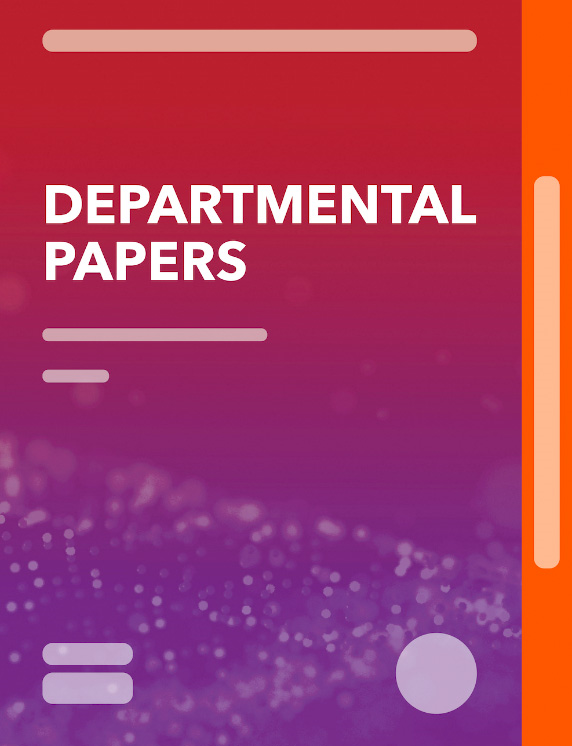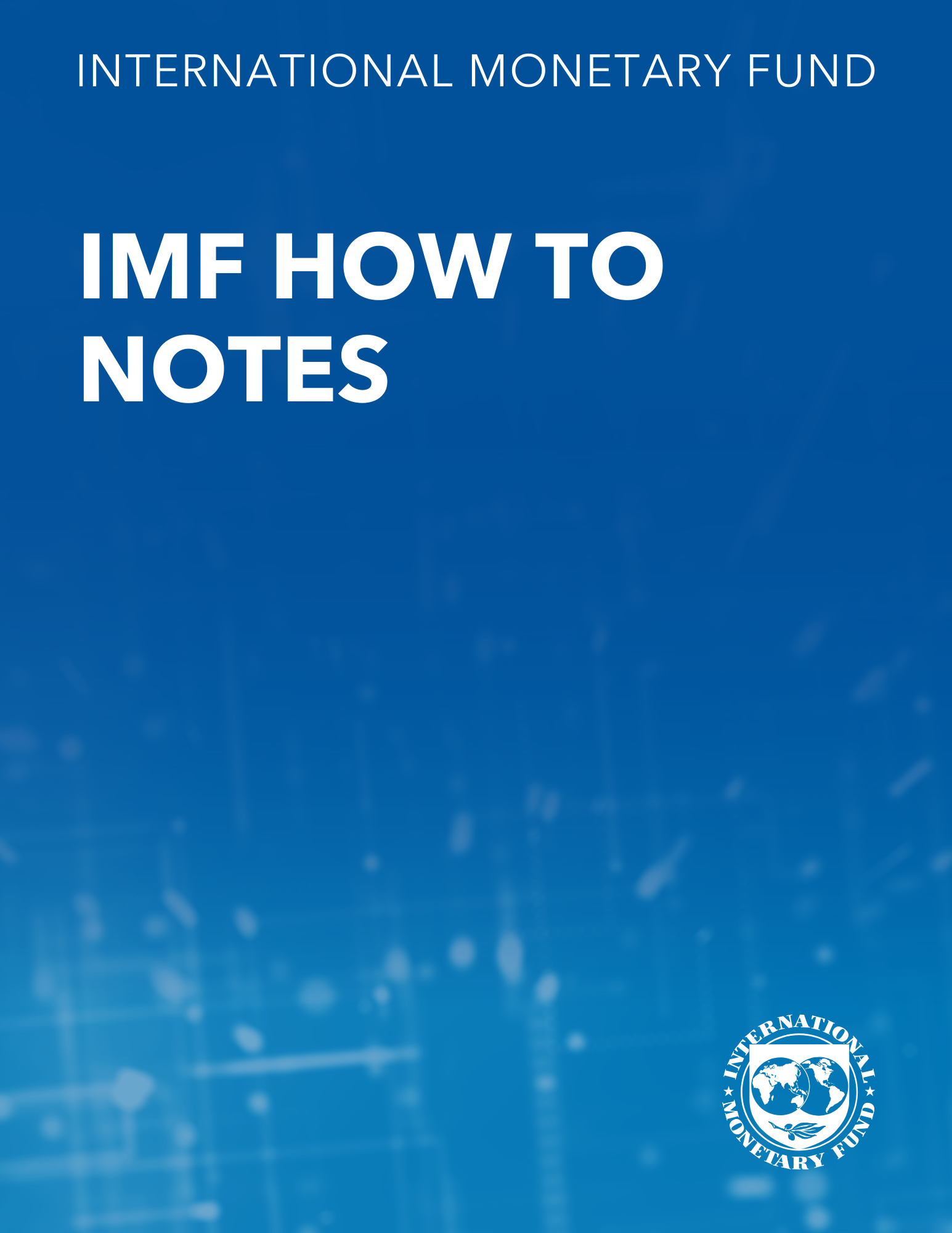Effective Trade Costs and the Current Account: An Empirical Analysis
January 15, 2019
Disclaimer: IMF Working Papers describe research in progress by the author(s) and are published to elicit comments and to encourage debate. The views expressed in IMF Working Papers are those of the author(s) and do not necessarily represent the views of the IMF, its Executive Board, or IMF management.
Summary
Subject: Comparative advantage, Exports, Imports, International trade, Tariffs, Taxes, Trade balance
Keywords: capital cost, comparative advantage, cost measure, current account, effects of trade cost, export capability, export cost, Exports, Global, global imbalances, Imports, information cost, input cost, nondiscriminatory import cost, simple average, structural gravity model, Tariffs, Trade balance, trade cost, trade costs, trade restrictiveness, trade share, transportation cost, WP
Pages:
42
Volume:
2019
DOI:
Issue:
008
Series:
Working Paper No. 2019/008
Stock No:
WPIEA2019008
ISBN:
9781484392171
ISSN:
1018-5941






